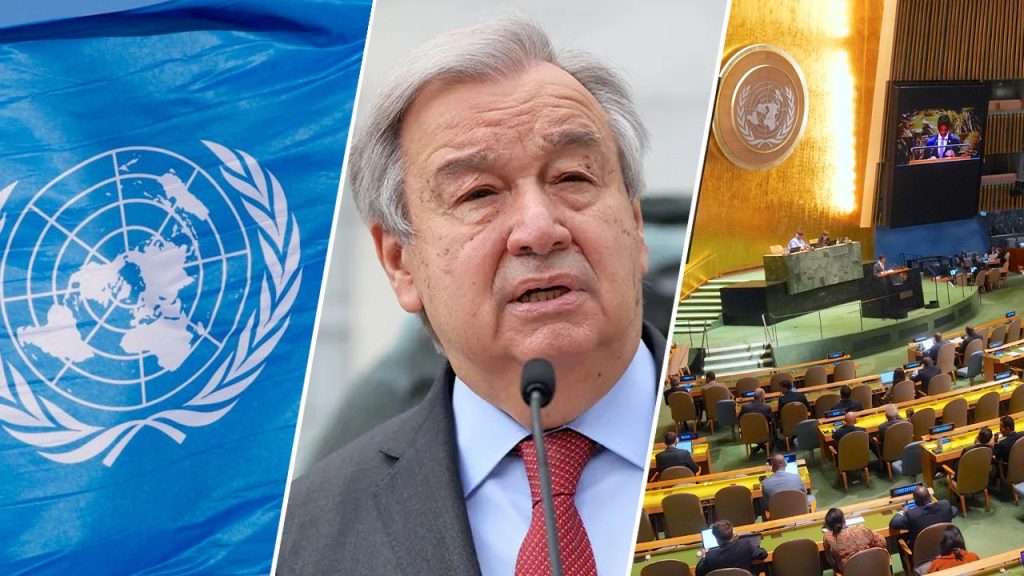The United States is being urged to resist the proposed United Nations’ “Pact for the Future,” which aims to recenter the global forum as a driving force on issues that it has so far failed to address. The Summit of the Future, where U.N. member states are expected to endorse the pact, is seen as an attempt to reinvigorate global action and develop frameworks of multilateralism for the future. However, experts argue that the international response to issues such as COVID-19 and peacekeeping has been flawed, and human rights violators hold sway in key U.N. bodies. The pact would expand the U.N.’s scope to focus on global shocks and propose new measures of wealth and productivity beyond GDP while decentralizing financial governance and voting power.
United Nations Secretary-General António Guterres has shown great interest in governing global commons and global public goods through the proposed pact. However, critics like Schaefer warn that these initiatives may be too much for the organization to handle effectively, and could end up being used as a tool to target dissenting nations such as the United States. The pact would confer additional responsibilities on the U.N. without addressing the organization’s current struggles in meeting its current obligations. Instead of supporting the pact, experts argue that the U.S. should focus on areas like humanitarian assistance where the U.N. can make unique and valuable contributions, rather than adding to the organization’s burdens.
U.S. Ambassador to the U.N. Linda Thomas-Greenfield has raised concerns about the pact and noted that member states still have reservations about it. Despite ongoing negotiations to reach an agreement, major differences exist between member states on certain aspects of the pact. No consensus agreement will satisfy all members entirely, and disagreements are likely to emerge during the vote on the pact itself. Some countries, including Russia and Saudi Arabia, have broken silence on various issues related to the pact, which has complicated negotiations. The U.S. is hopeful that a compromise can be reached, but challenges persist in finalizing the agreement.
Thomas-Greenfield expressed disappointment that some countries had broken silence on key issues, despite prior agreements not to do so. These actions have complicated the negotiation process and made it challenging to achieve a consensus on the content of the pact. Despite these challenges, the U.S. remains hopeful that an agreement can be reached and that common priorities can be addressed through the pact. Negotiations are ongoing, and efforts are being made to overcome the remaining obstacles and reach a consensus that satisfies all member states.
In conclusion, the proposed U.N. “Pact for the Future” has been met with criticism and concerns from experts and U.S. officials regarding its potential impact and effectiveness. While the pact aims to reinvigorate global action and address important issues, there are doubts about the U.N.’s capacity to effectively implement the proposed initiatives. Ongoing negotiations among member states highlight the challenges and disagreements that still need to be addressed before the pact can be endorsed. The U.S. remains engaged in the process but is cautious about supporting an agreement that may have unintended consequences or add to the U.N.’s existing burdens.


